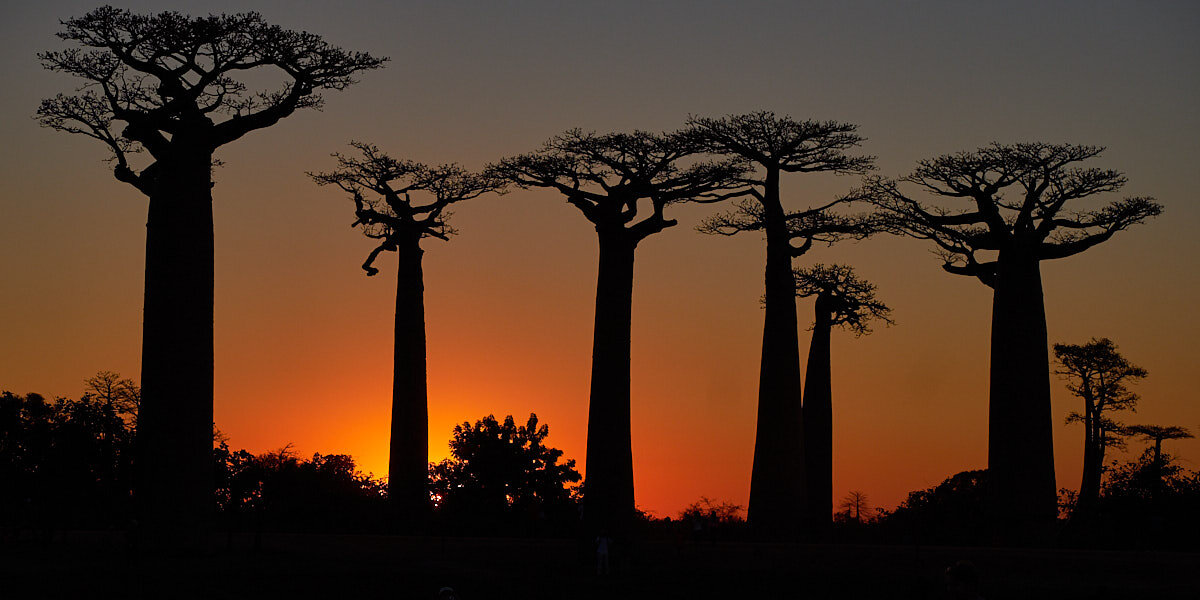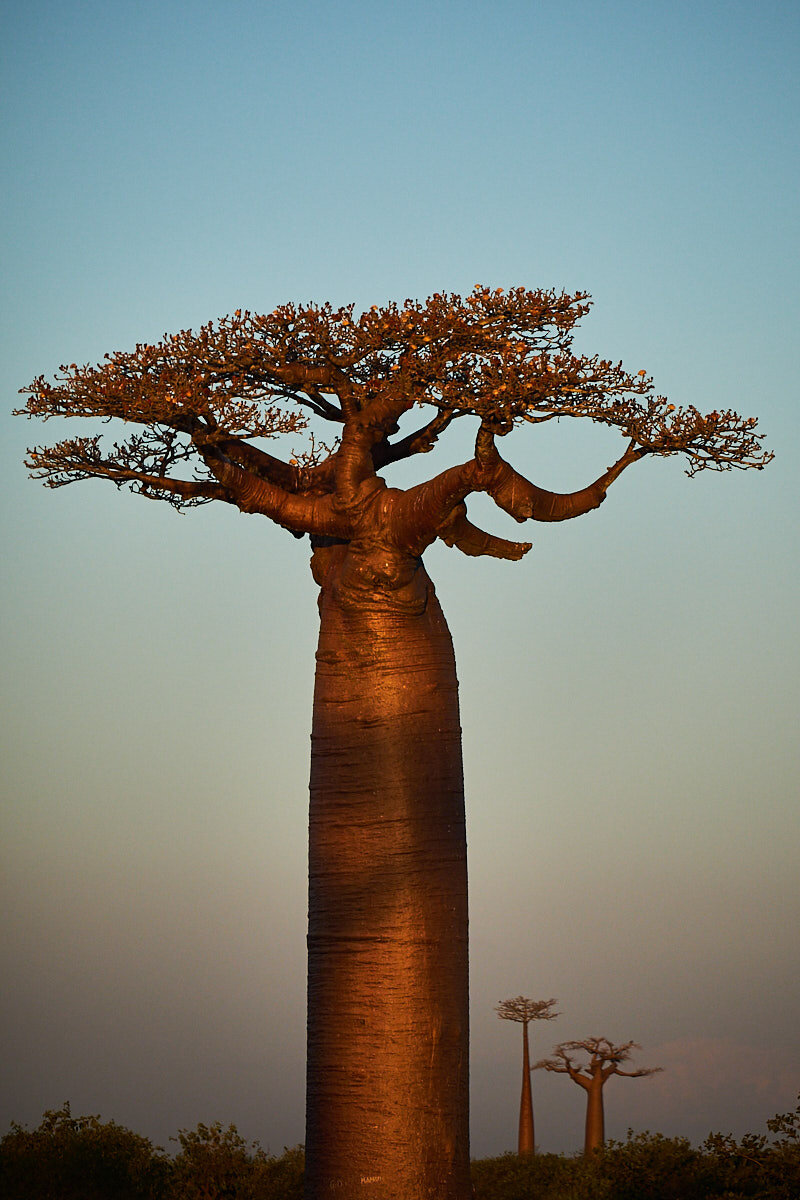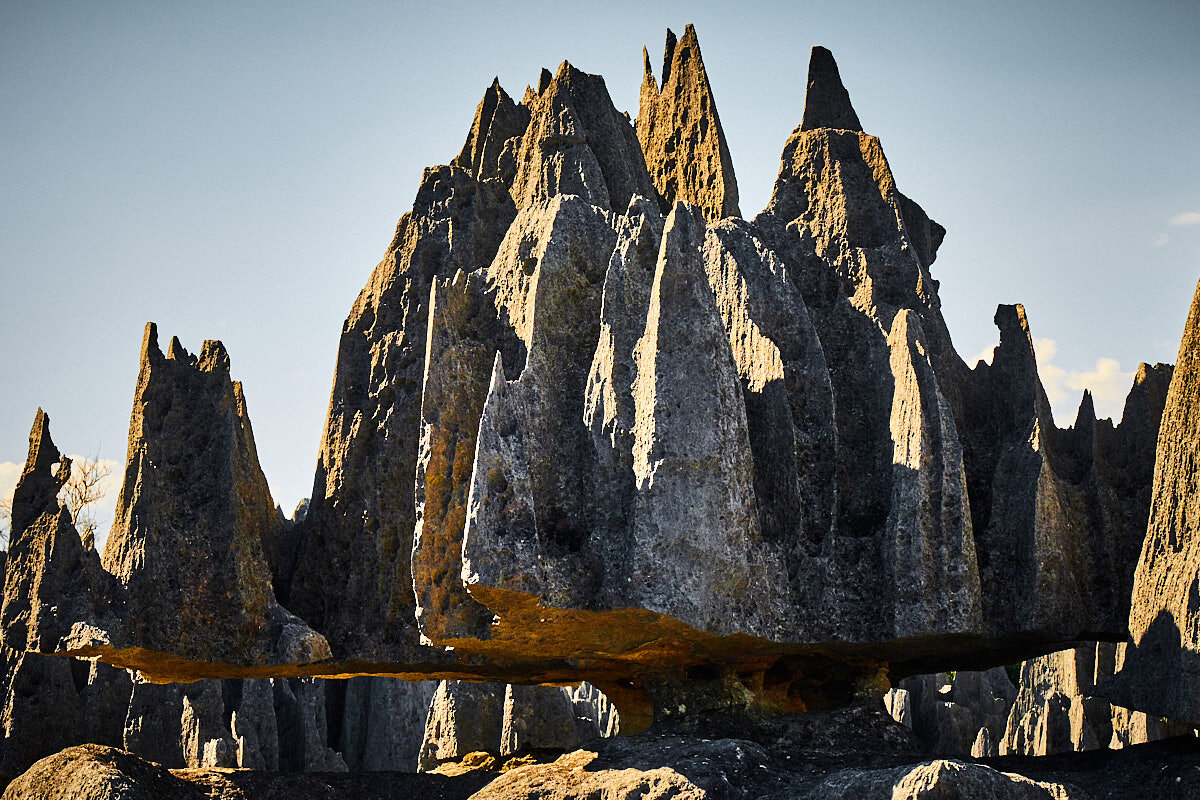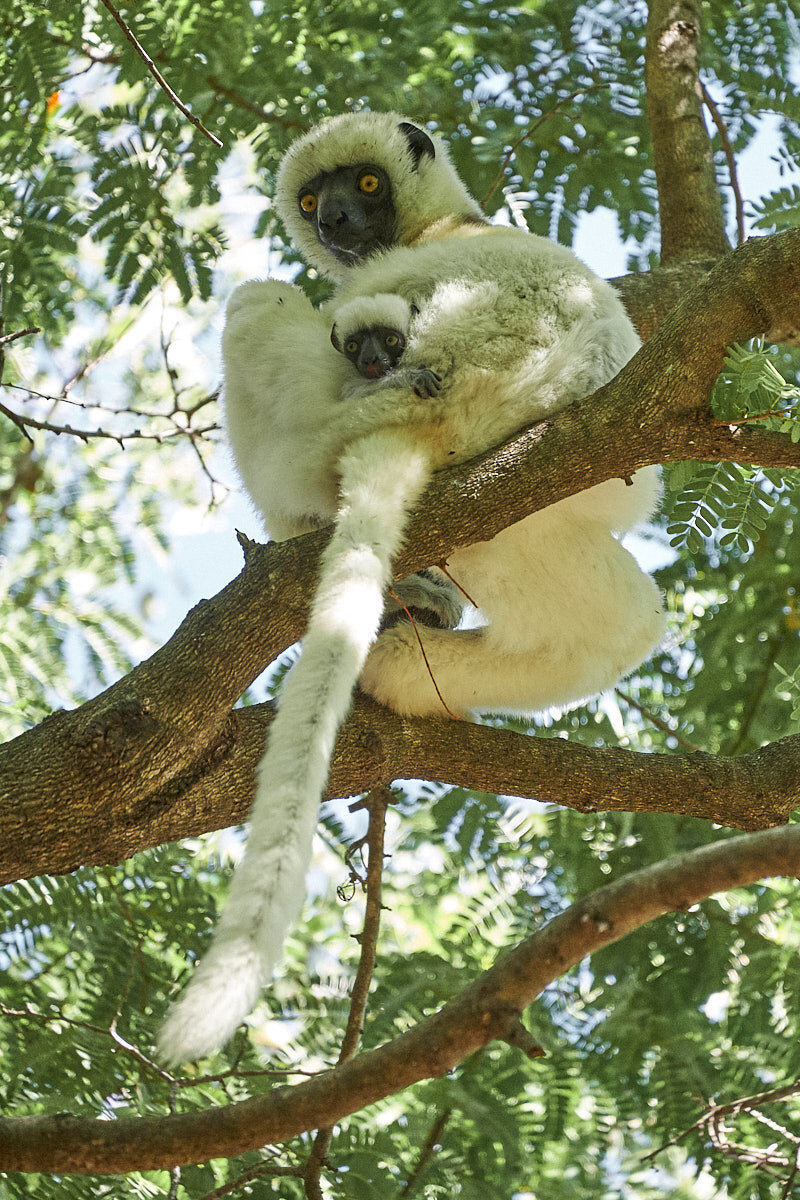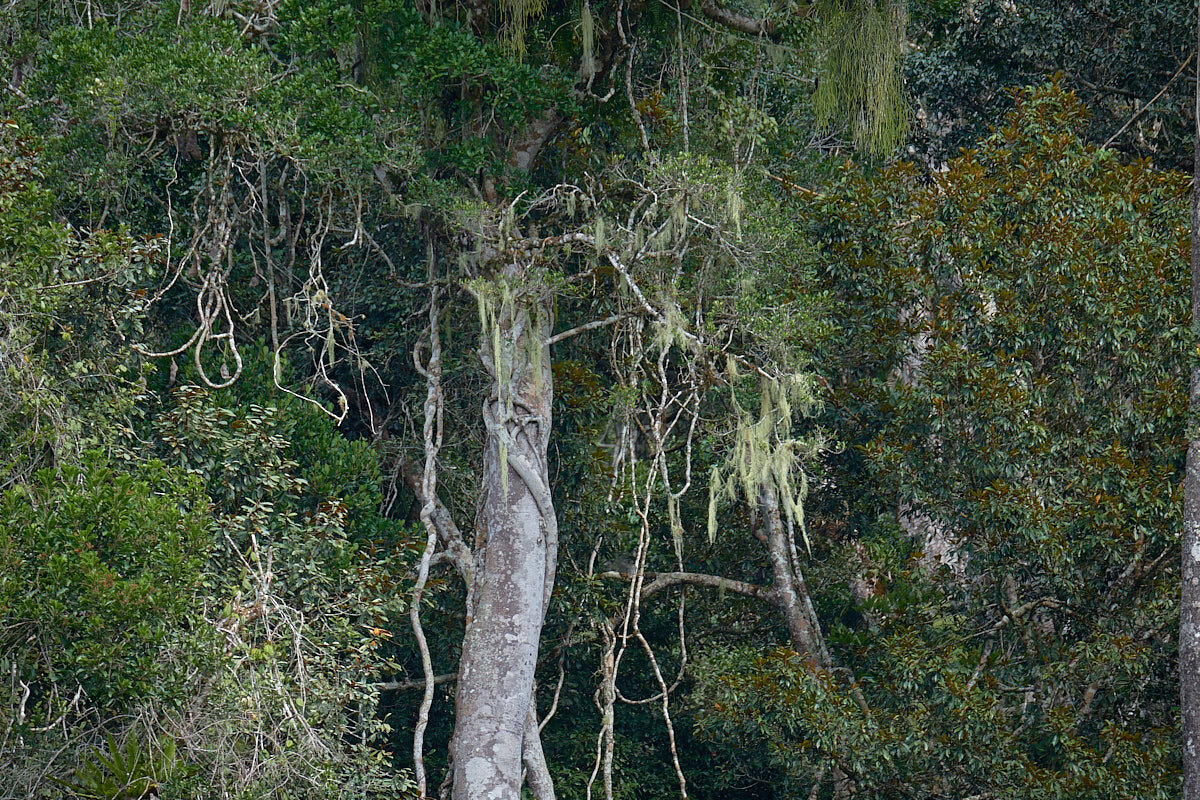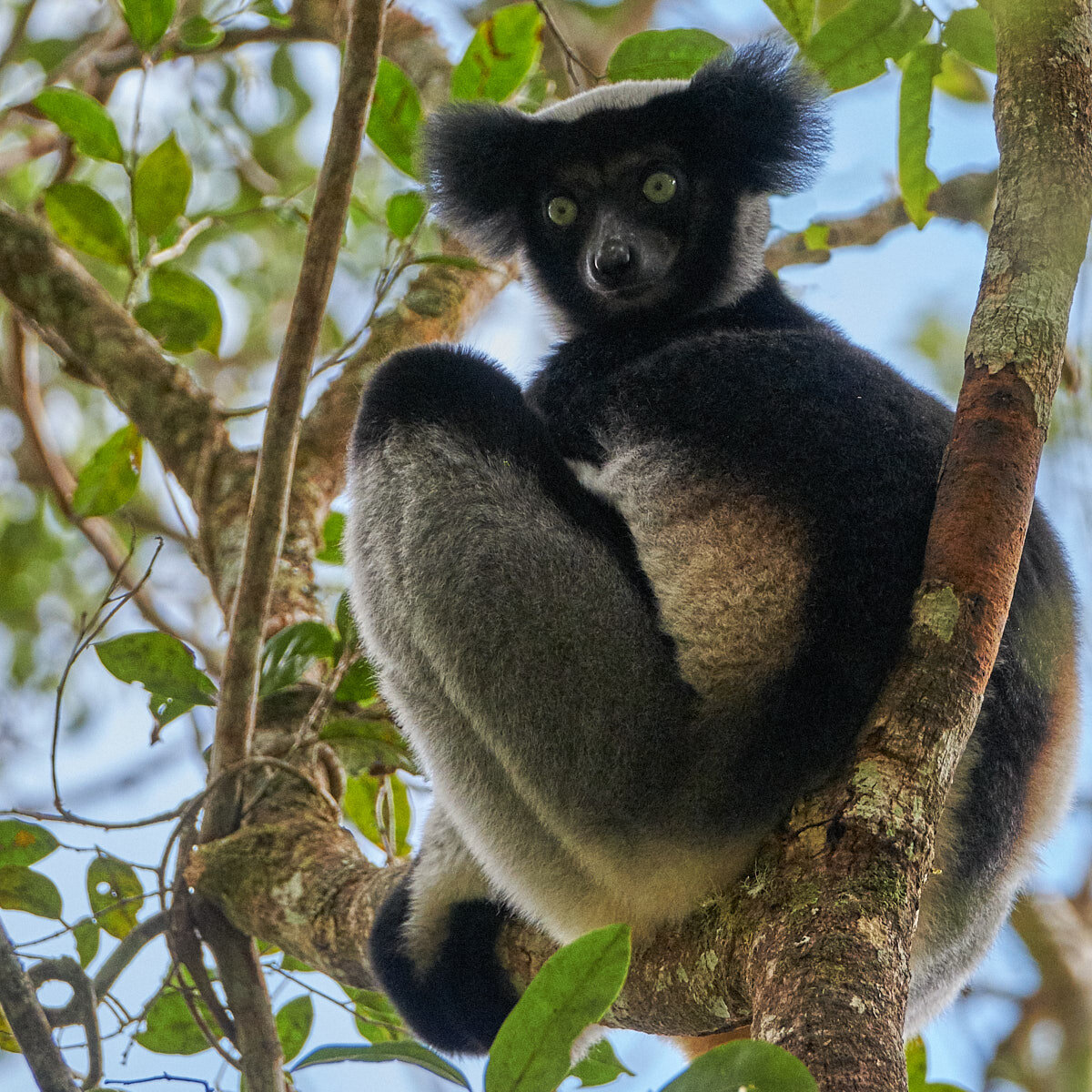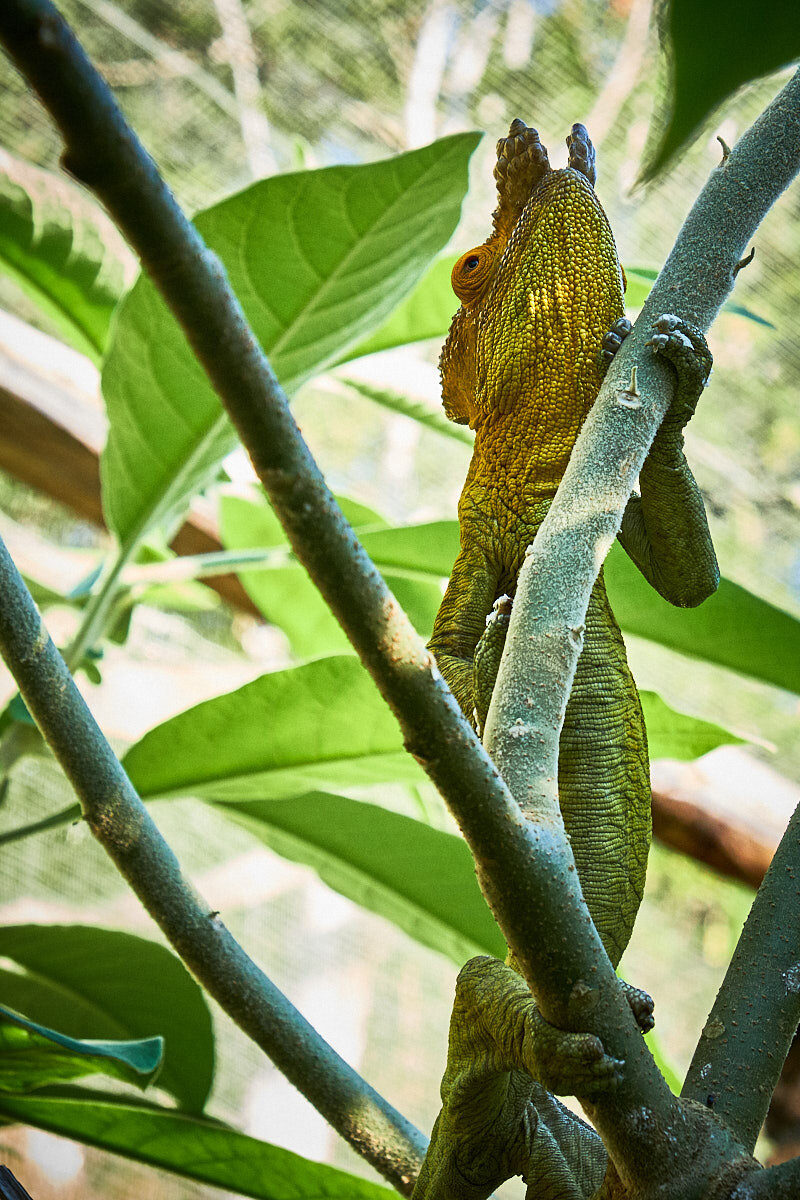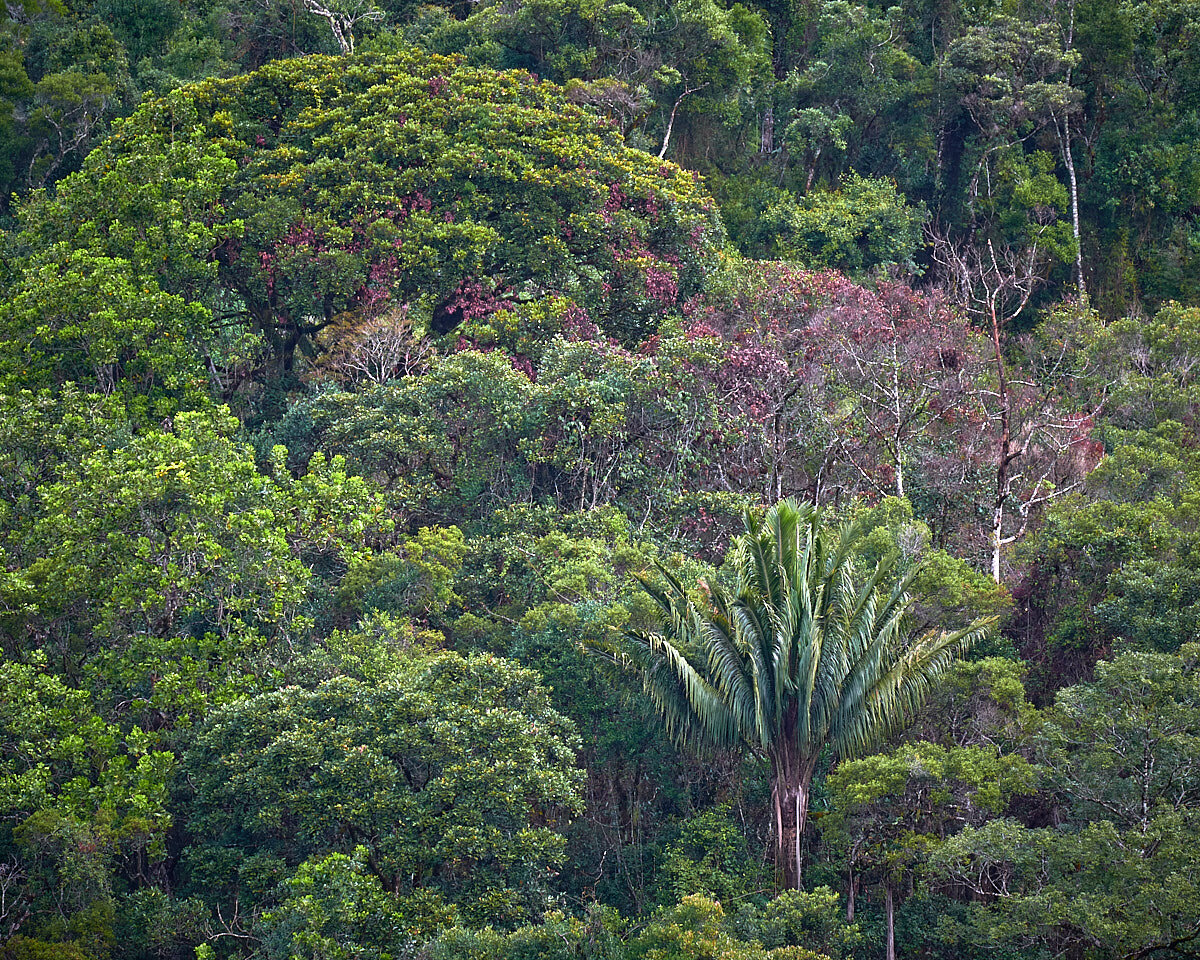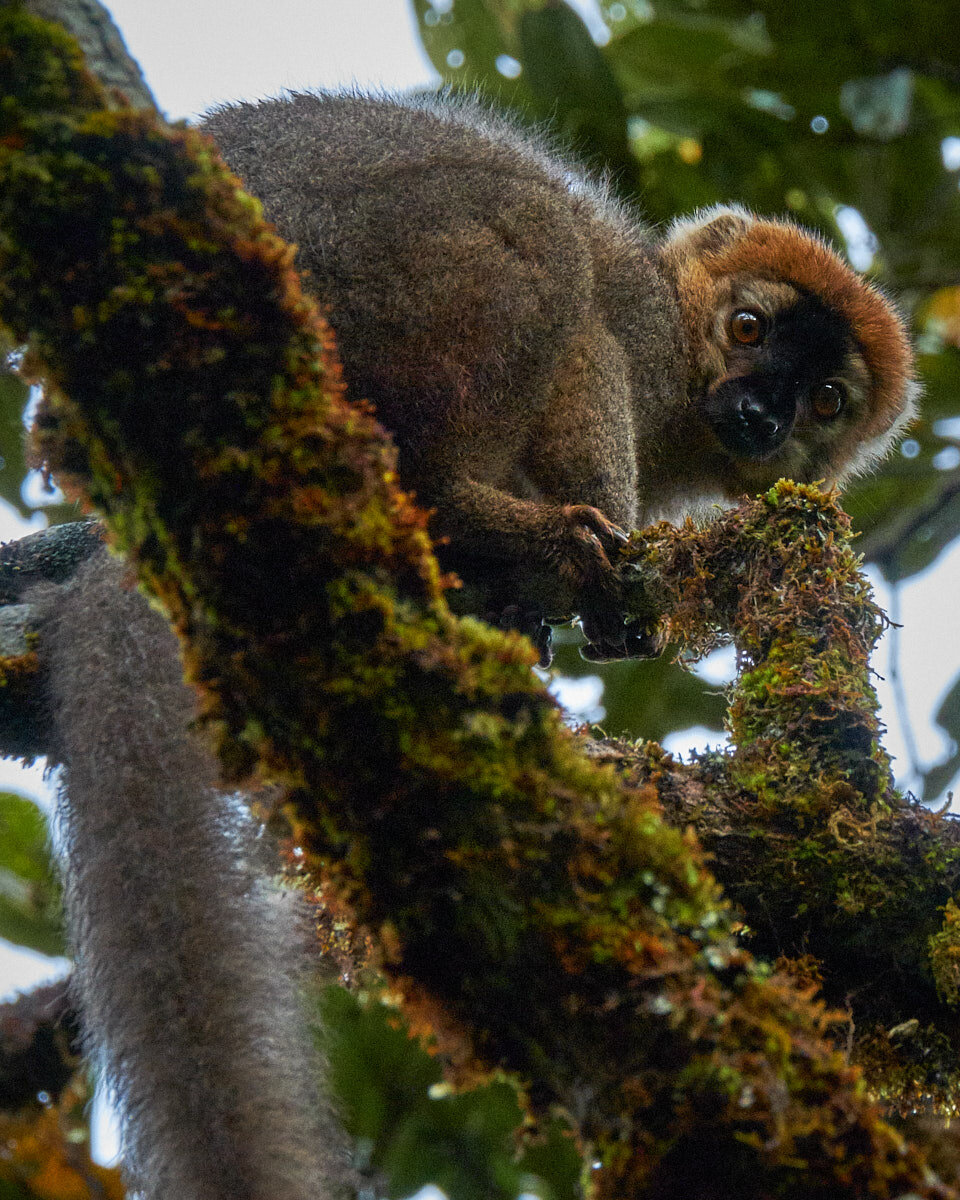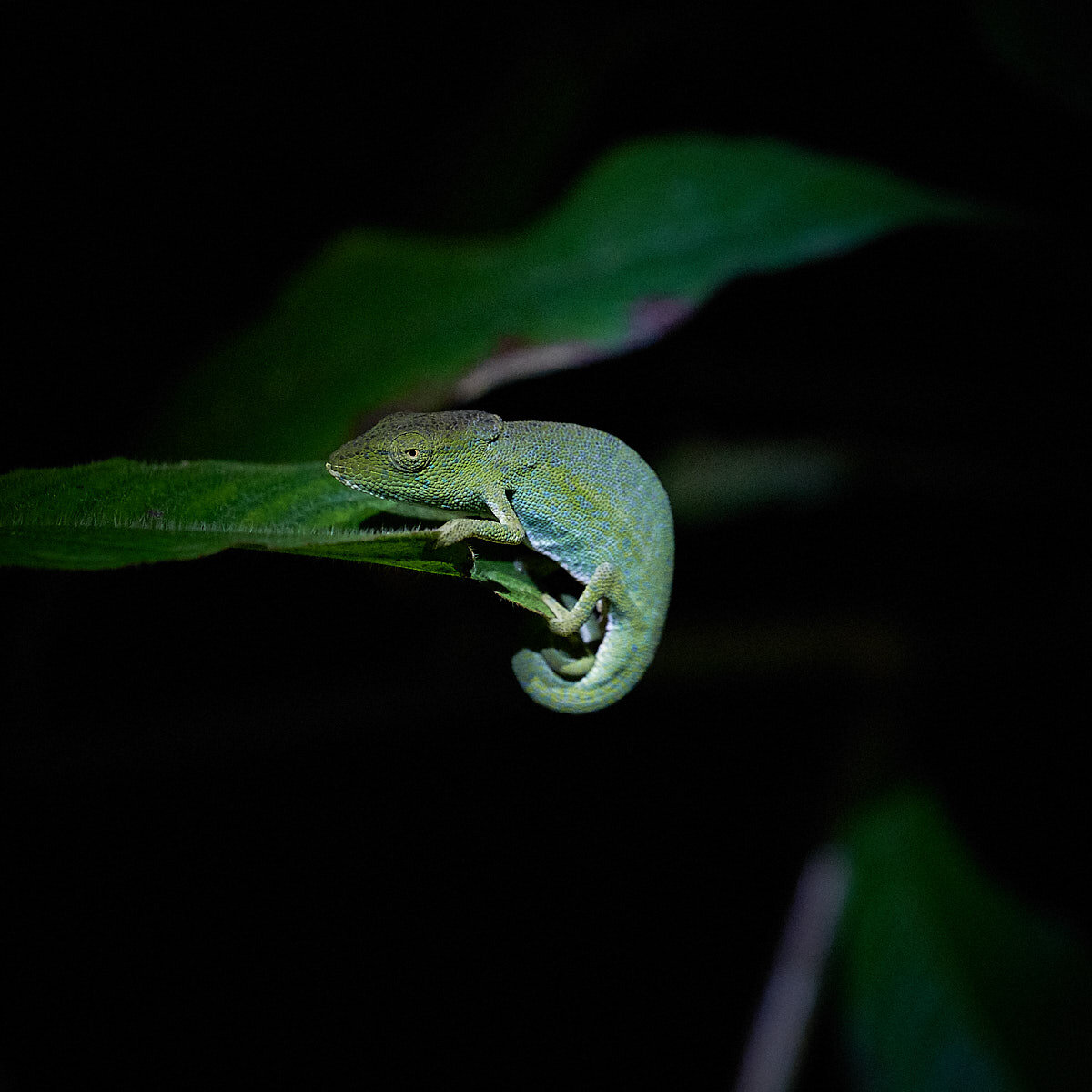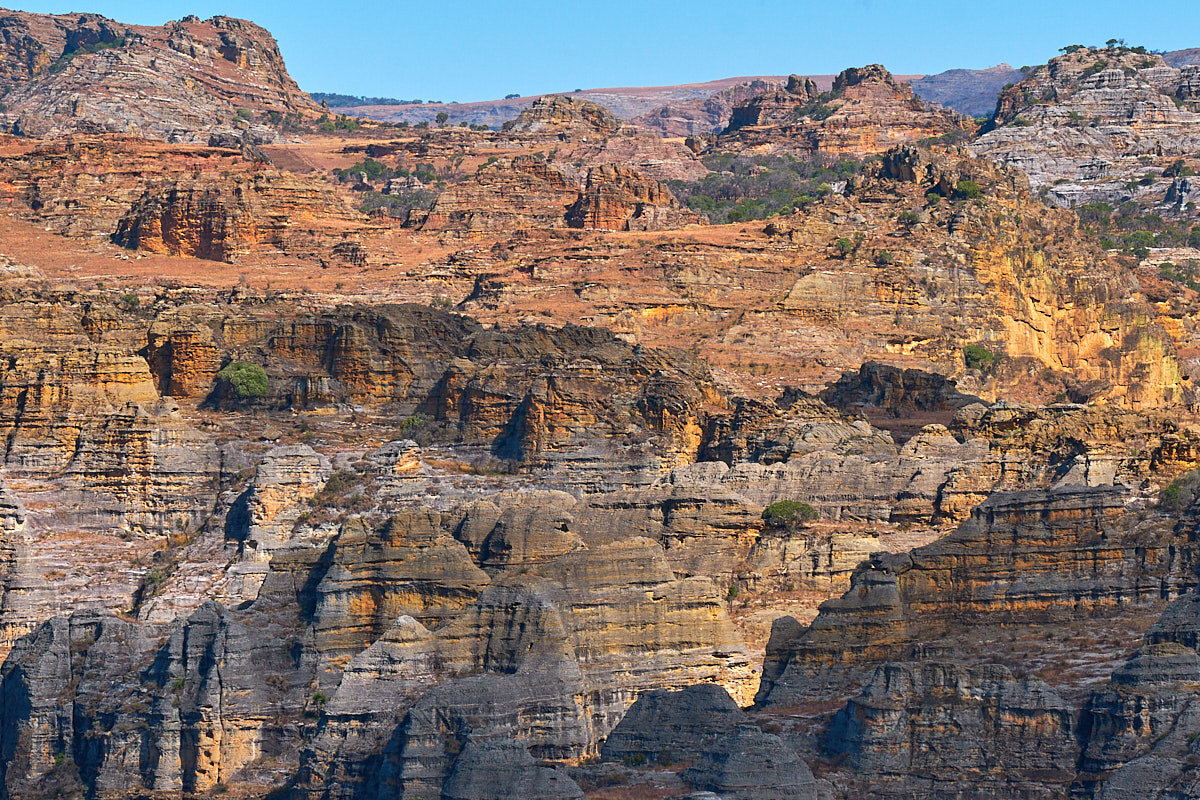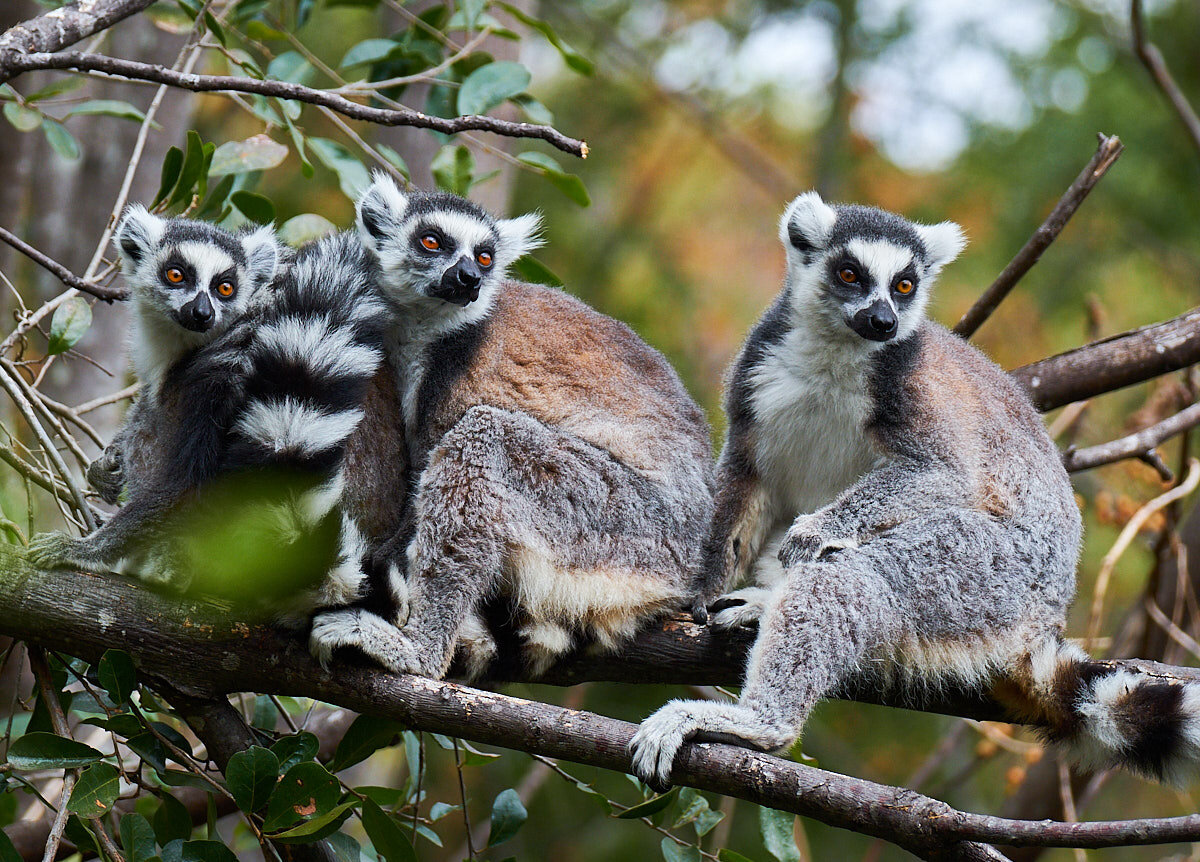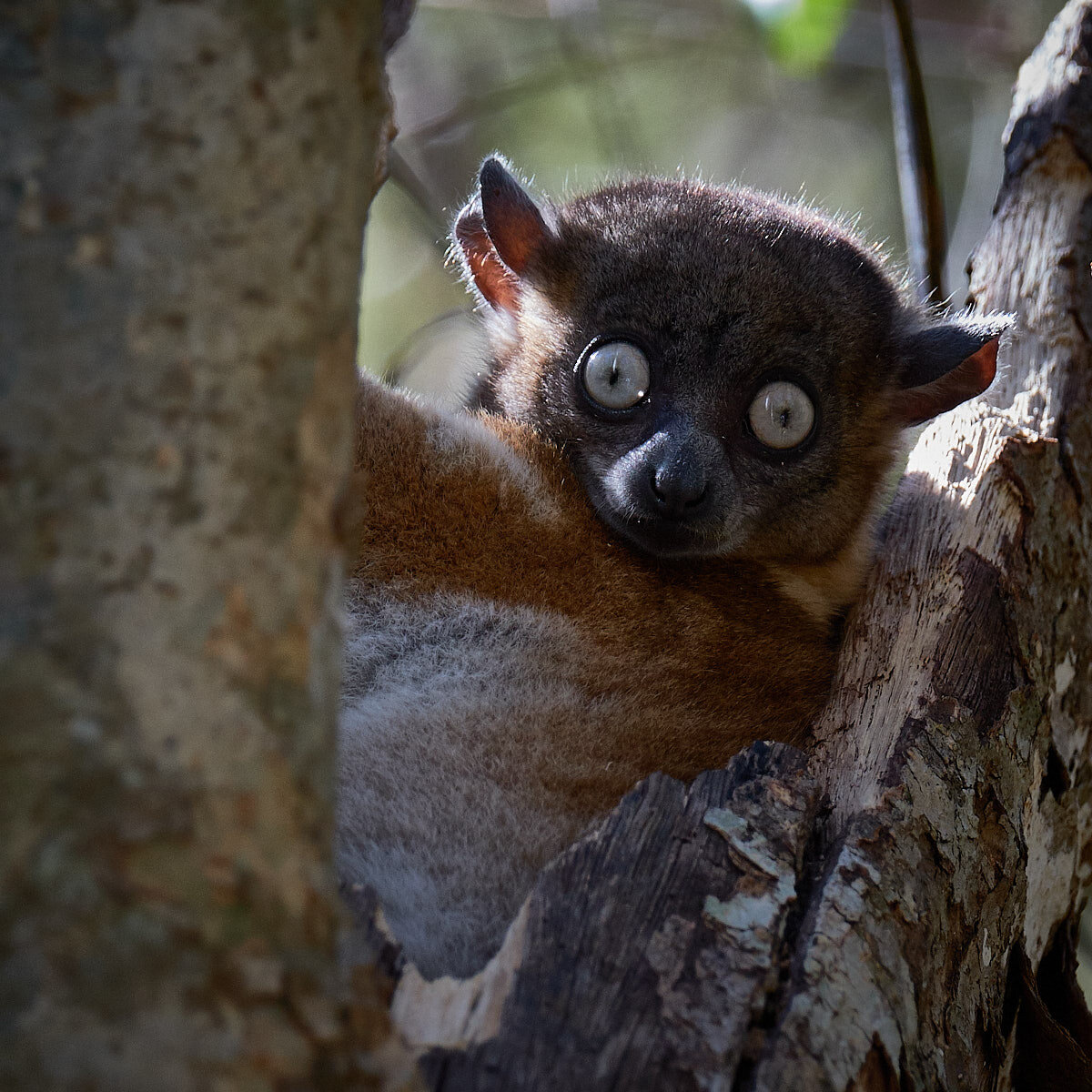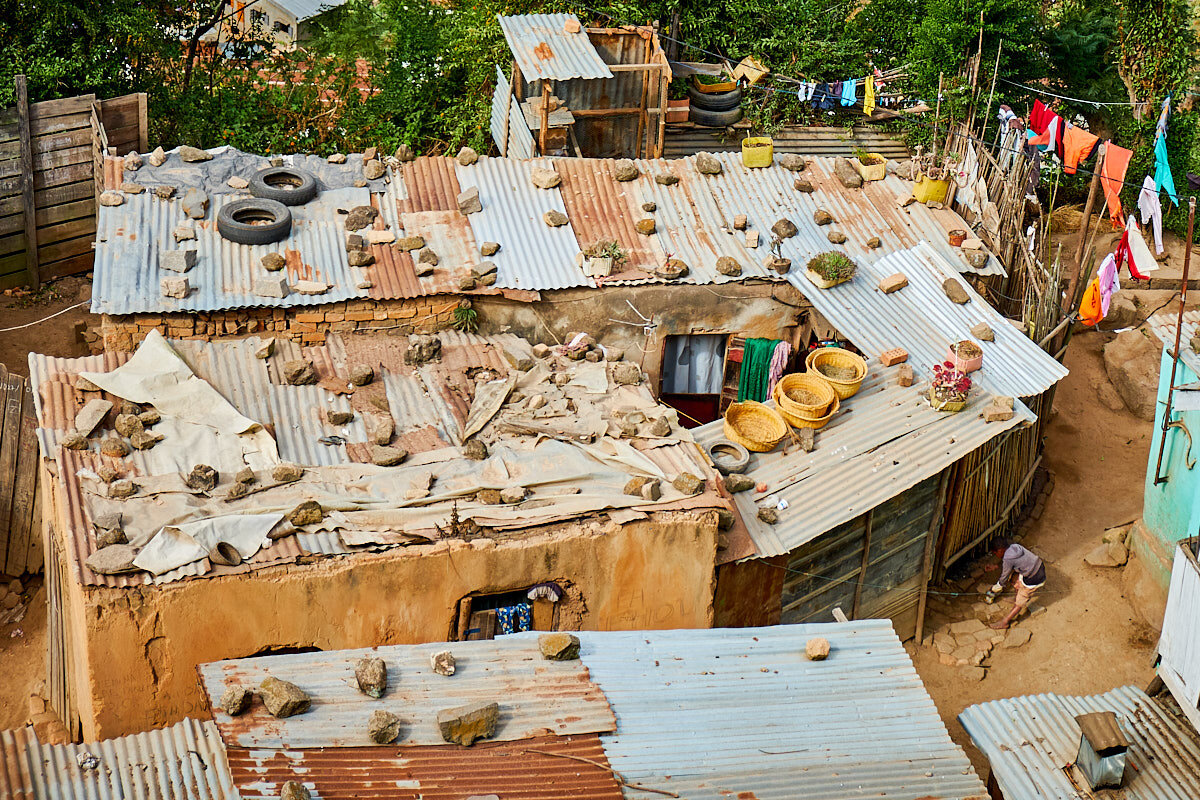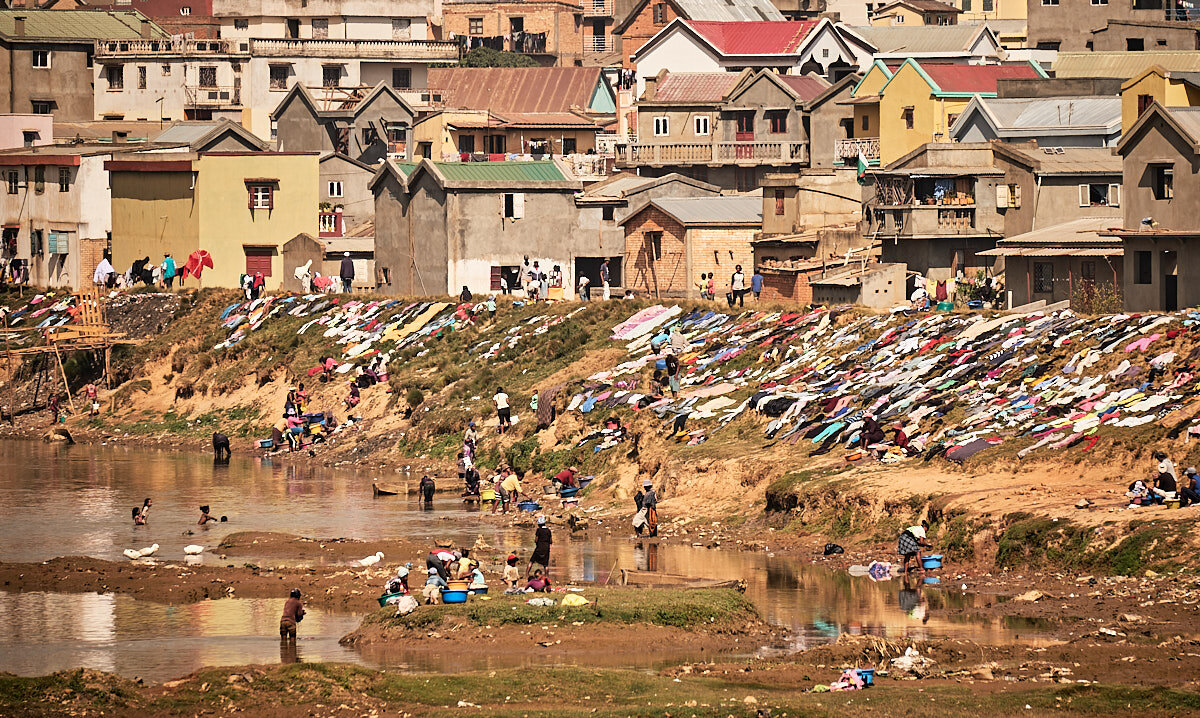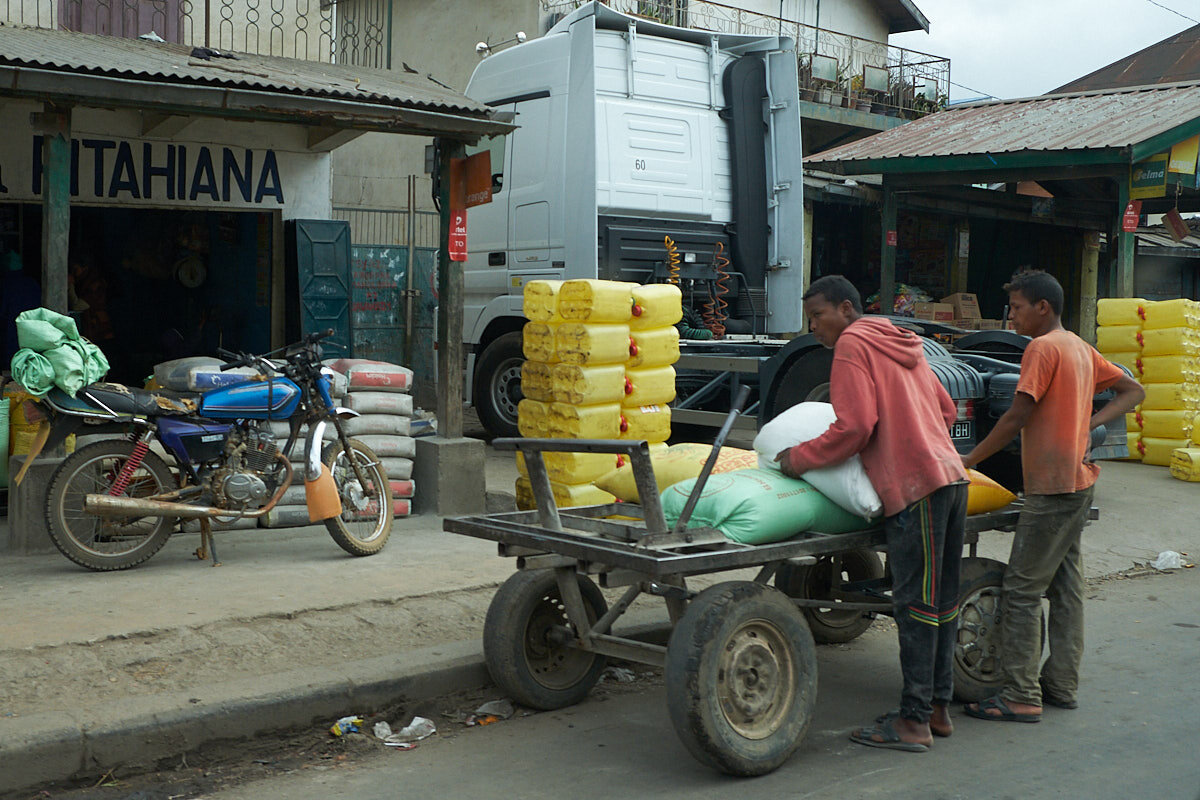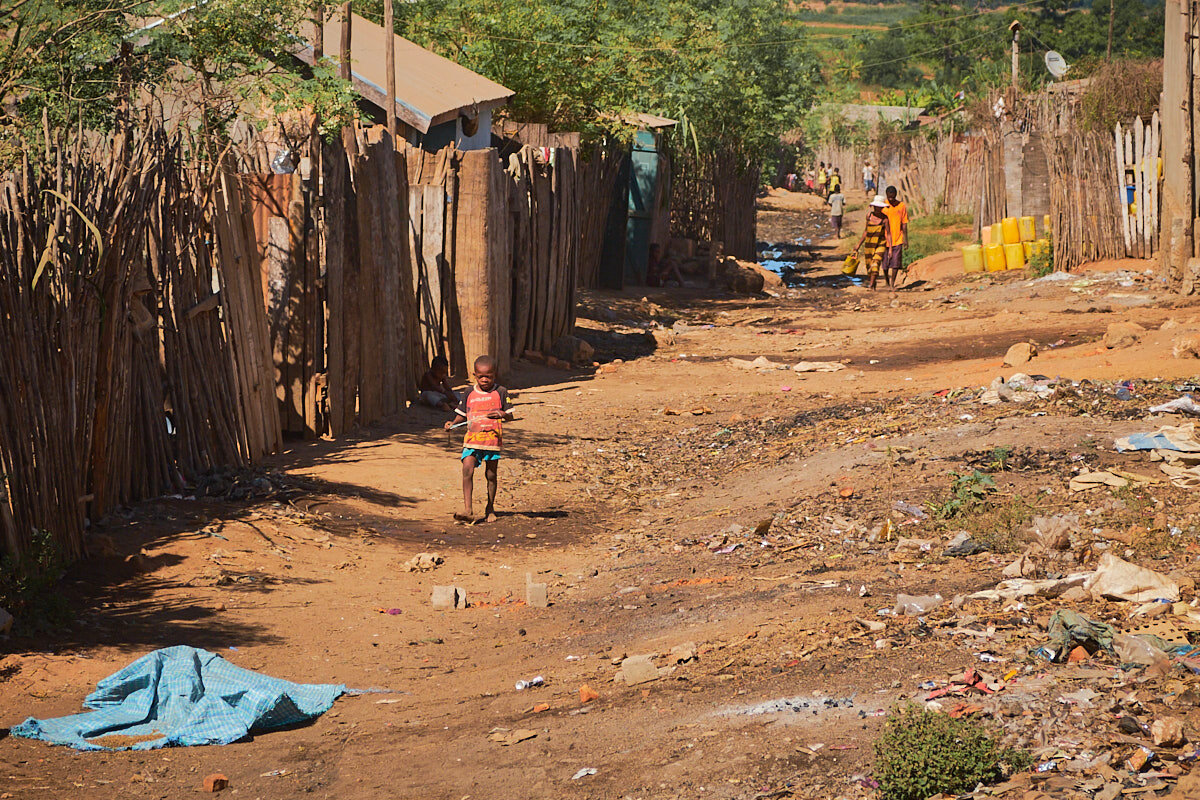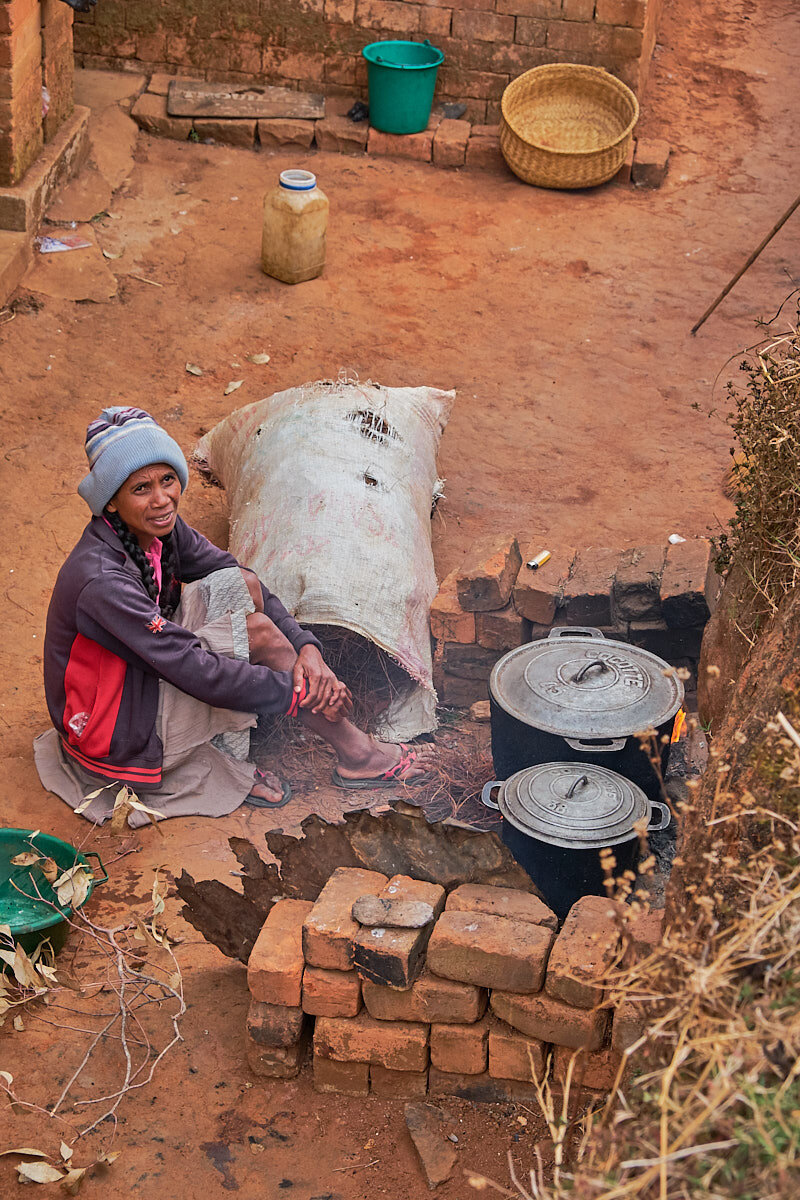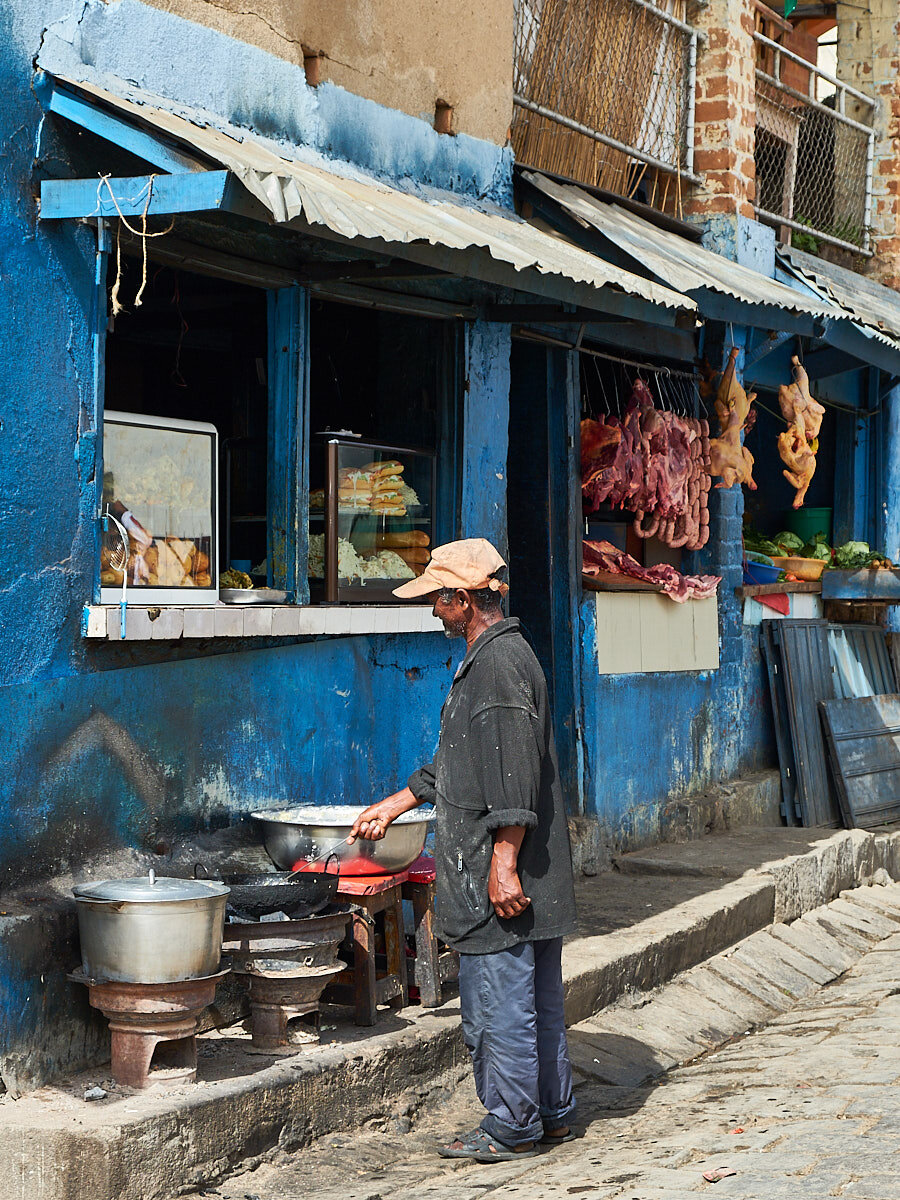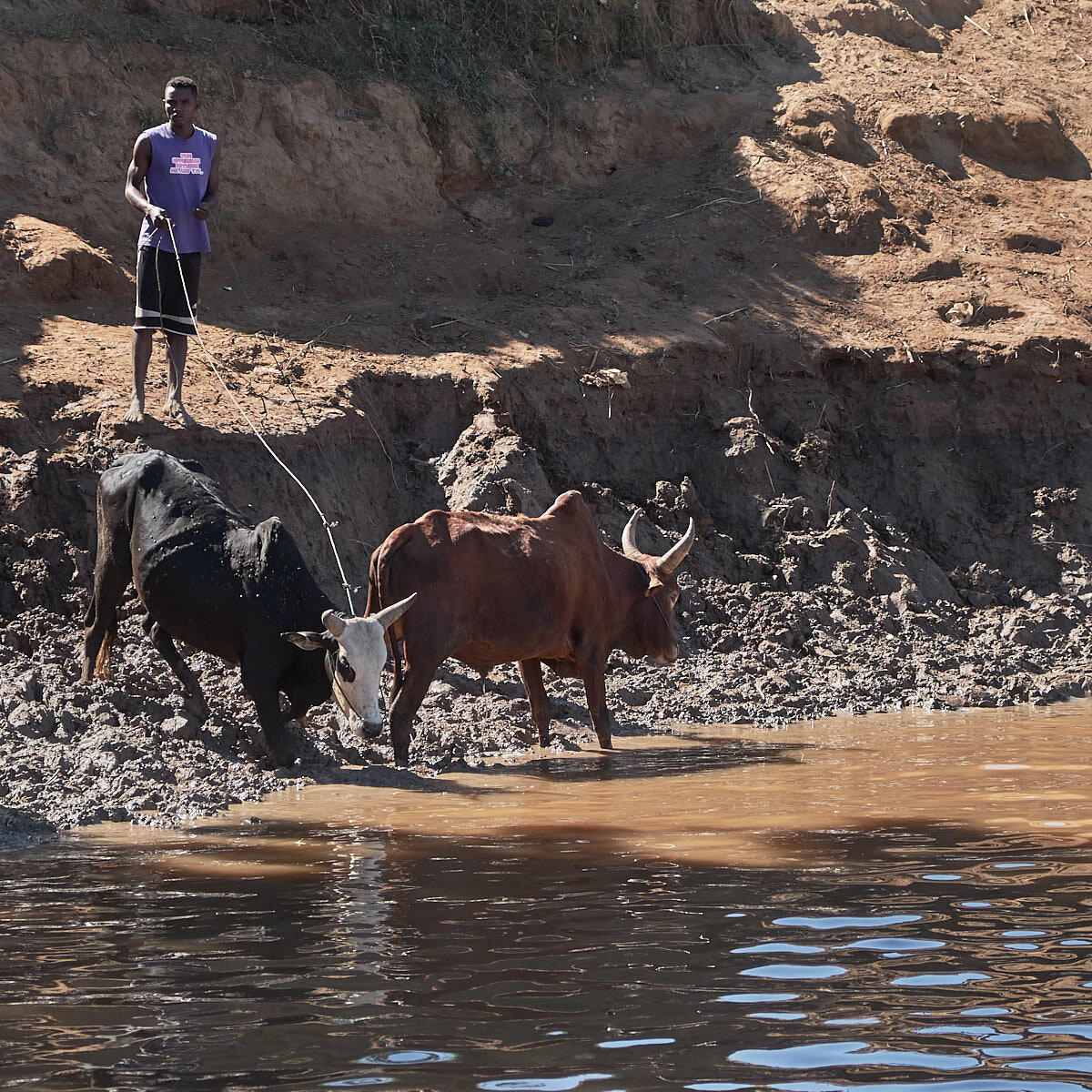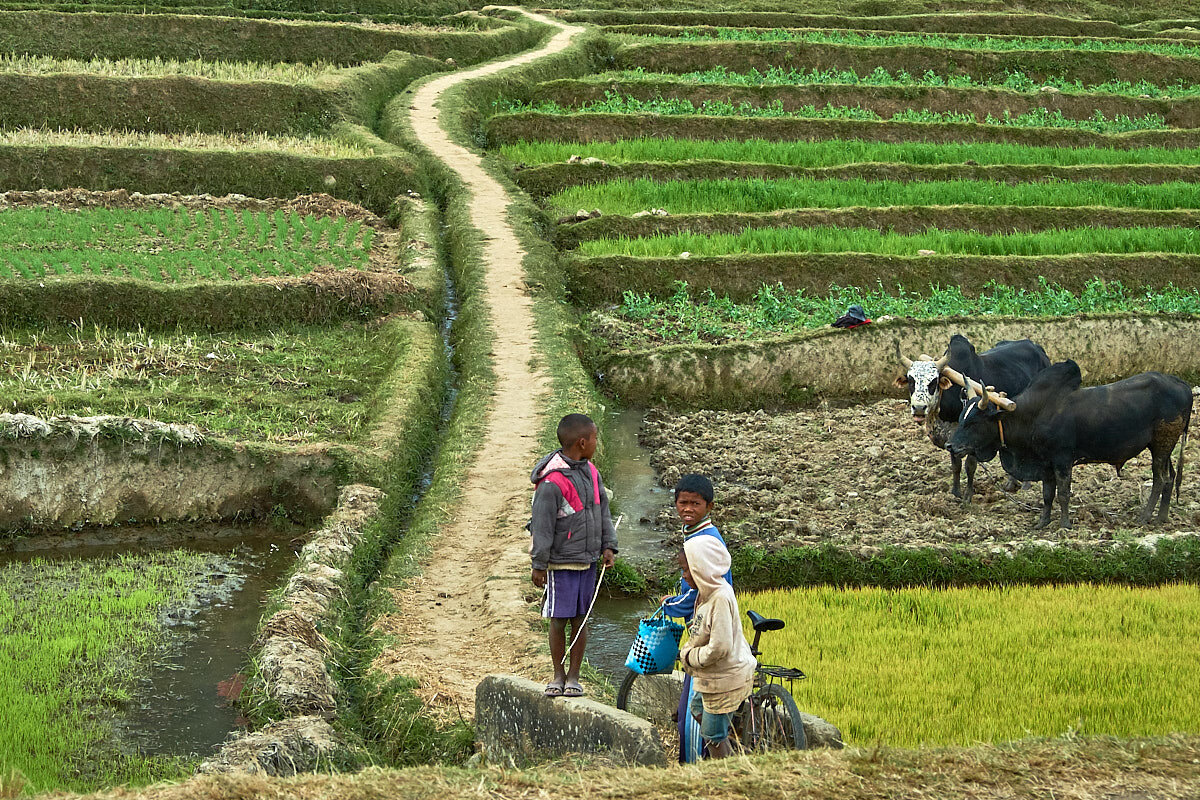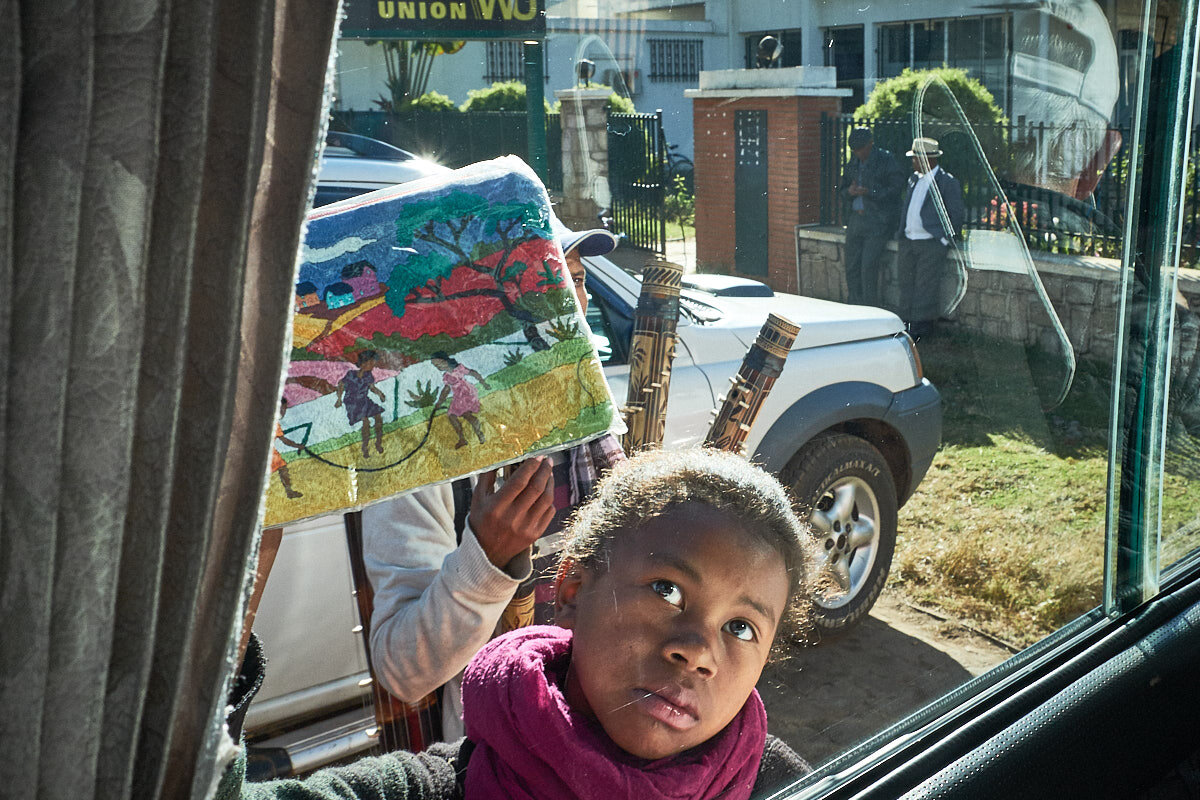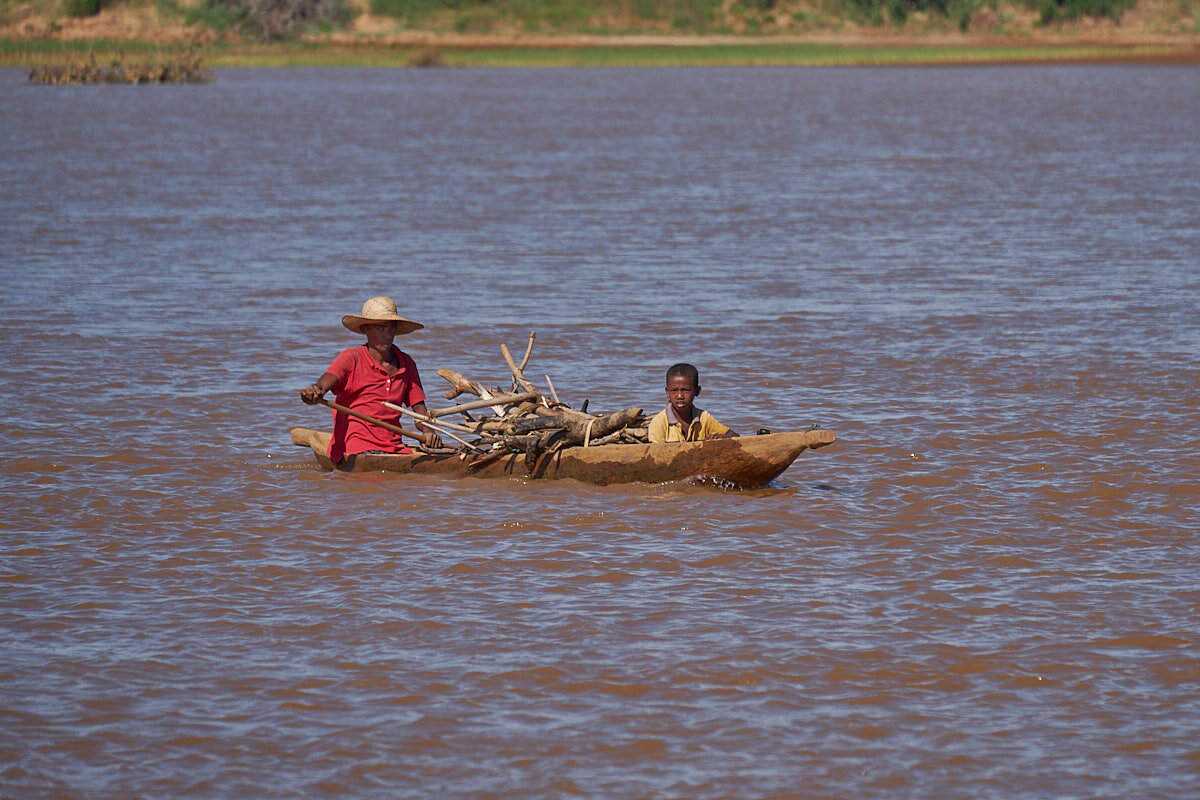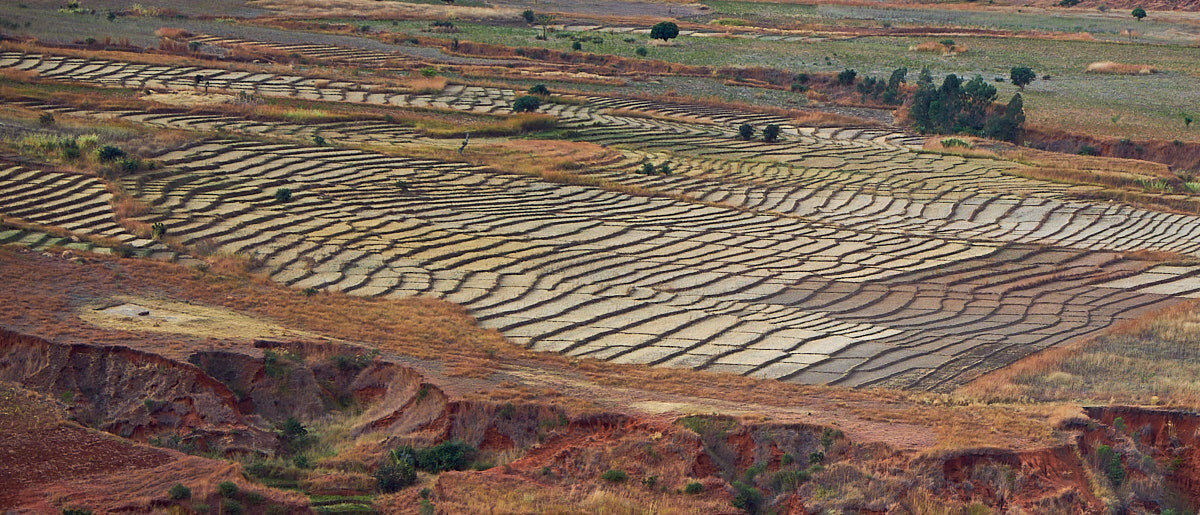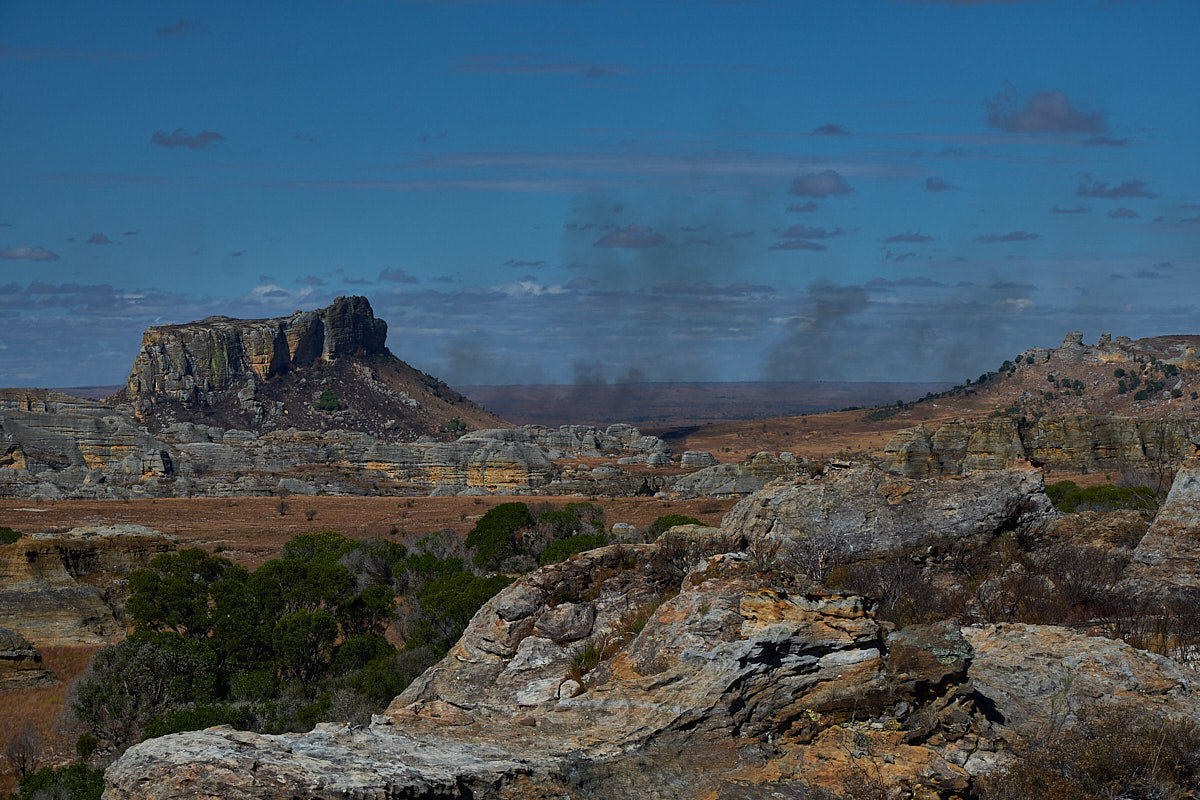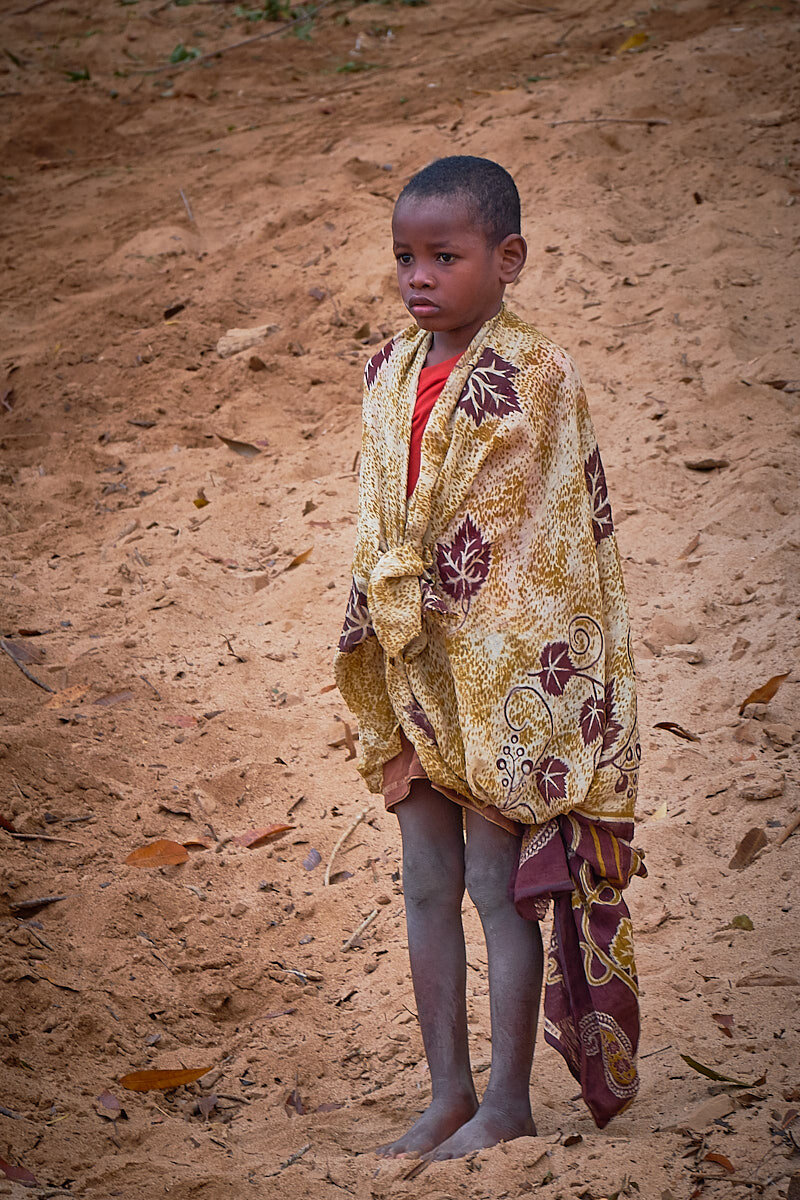
Madagascar: Stark Contrasts
Madagascar - a place of stark contrasts. The fourth largest island in the world and home to approximately 26.3 million inhabitants. Here we find outstanding biodiversity and natural beauty alongside extreme poverty. This is a country that boasts countless endemic species of flora, fauna, and wildlife. Yet since its independence in 1960, it has struggled to protect its valuable natural capital, nor nourish its human capital. It is among the poorest countries of the world, with 75% of its population living on less than $1.90 per day. Malnutrition, lack of education, unreliable access to clean water, little or no access to proper sanitation, doctors few and far between, and electricity only available to a few.
And yet, its beauty never fails to astound.
The question is…can this beauty, can this natural environment continue to survive when its human inhabitants are so poor that they have no choice but to engage in what we would consider unsustainable activities? This would include slash-and-burn the forests; this would include using rivers for bathing, laundry and car wash; this would include growing rice in a land that neither has the weather or soil to support this crop growth.
Those living in Madagascar live, by our standards, in some of the poorest conditions in the world. But I cannot say more for their endearing smiles and sheer resilience and ingenuity in using all that they have to care out a life that puts a roof overhead and food on the table.
Madagascar, a land of stark contrasts.
Poor in education, poor in medical care, poor in sanitation, poor in electricity.
BUT… Rich in rainforest, rich in habitat, rich in species…a geographers dream.
Yet all so fragile…because of the idea to survive.
ICONIC MADAGASCAR
Poverty
Madagascar’s population has been growing nearly 3% per annum over the past decade. Only 35% of its 26m inhabitants live in the cities, with 1.3m residing in the capital city of Antananarivo. Rural life, then, is exerting tremendous pressure on the environment. Poverty has forced many to use charcoal for heating and cooking, whether they reside in the city or in the rural areas. Slash and burn practices continue, which, over time deplete the soils of necessary nutrients. Crop choices, such as rice, require a climate that is wet, yet in many parts of Madagascar we found rice paddies in dry and dusty areas. And as soils no longer produce or are nutrient deficient, then more forest is cut down in the name of agriculture. Local industries, such as aluminium smelting and manufacturing of wares as well as agriculture use antiquated processes, often manual labour and animal powered agricultural practices for sowing the land. Because of such rife poverty, one cannot blame the Malagasy for being resourceful and doing everything they can to survive and make a living. And this, then, is the question. With this poverty, can we save and protect the biodiversity and environment which in the long run is crucial to the survival of the human race?

